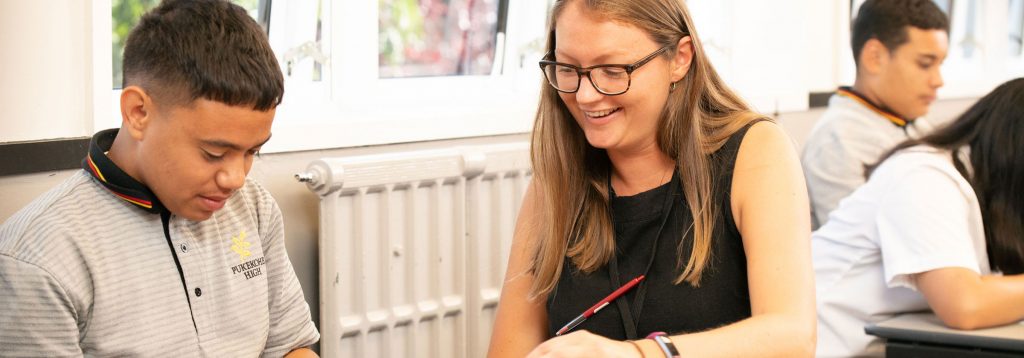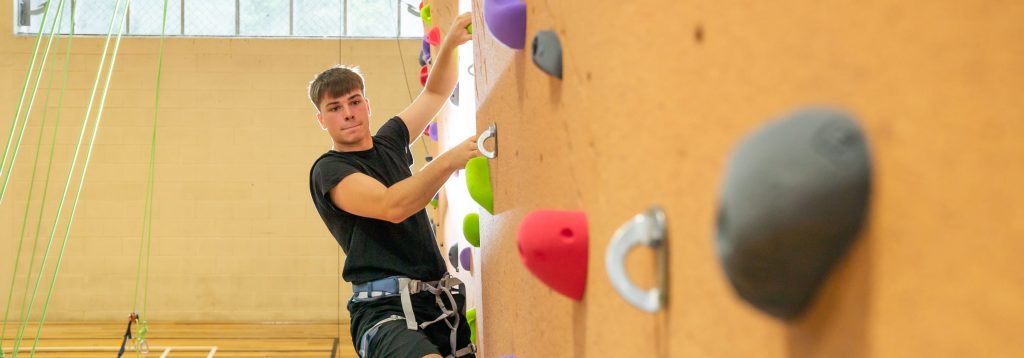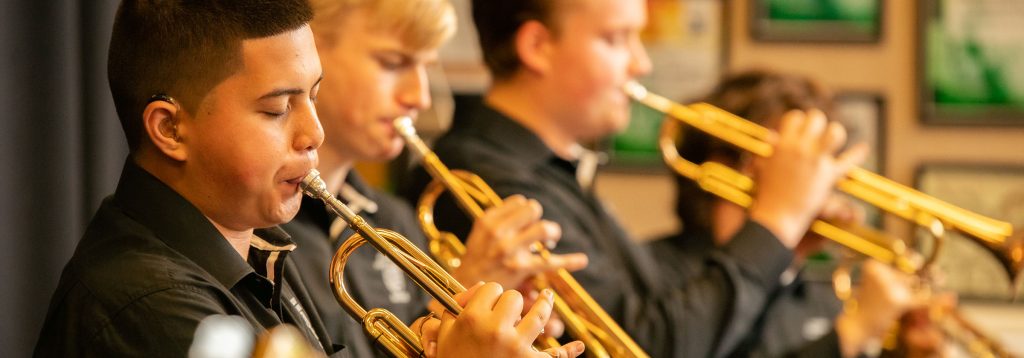
Mathematics
Kei hopu toou ringa ki te aka taaepa,
engari kia mau ki te aka matua.
Mathematics is the exploration and use of patterns and relationships in quantities, space, and time. Statistics is the exploration and use of patterns and relationships in data. These two disciplines are related but different ways of thinking and of solving problems. Both equip students with effective means for investigating, interpreting, explaining, and making sense of the world in which they live.
About Mathematics
Possible Future Pathways
Calculus:
Tertiary courses in Mathematics, chemistry, physics, engineering, structural design, economics, architecture or any career that has a major mathematical component.
Statistics:
Business studies, commerce, education, geography, health studies, marketing, planning, any career involving prediction, sampling and probability.
Why study mathematics and statistics?
By studying mathematics and statistics, students develop the ability to think creatively, critically, strategically, and logically. They learn to structure and to organise, to carry out procedures flexibly and accurately, to process and communicate information, and to enjoy intellectual challenge.
By learning mathematics and statistics, students develop other important thinking skills. They learn to create models and predict outcomes, to conjecture, to justify and verify, and to seek patterns and generalisations. They learn to estimate with reasonableness, calculate with precision, and understand when results are precise and when they must be interpreted with uncertainty. Mathematics and statistics have a broad range of practical applications in everyday life, in other learning areas, and in workplaces.
How is the learning area structured?
The achievement objectives are presented in three strands. It is important that students can see and make sense of the many connections within and across these strands.
Number and algebra – Number involves calculating and estimating, using appropriate mental, written, or machine calculation methods in flexible ways. It also involves knowing when it is appropriate to use estimation and being able to discern whether results are reasonable. Algebra involves generalising and representing the patterns and relationships found in numbers, shapes, and measures.
Geometry and measurement – Geometry involves recognising and using the properties and symmetries of shapes and describing position and movement. Measurement involves quantifying the attributes of objects, using appropriate units and instruments. It also involves predicting and calculating rates of change.
Statistics involves identifying problems that can be explored by the use of appropriate data, designing investigations, collecting data, exploring and using patterns and relationships in data, solving problems, and communicating findings. Statistics also involves interpreting statistical information, evaluating data-based arguments, and dealing with uncertainty and variation.



